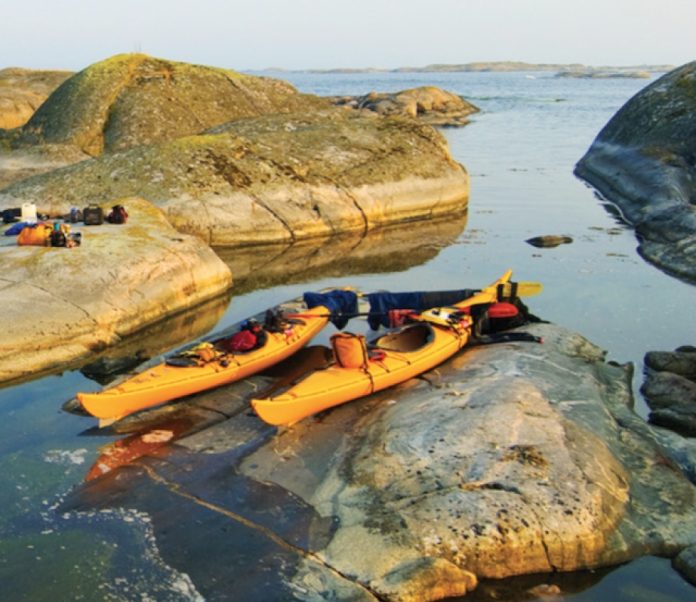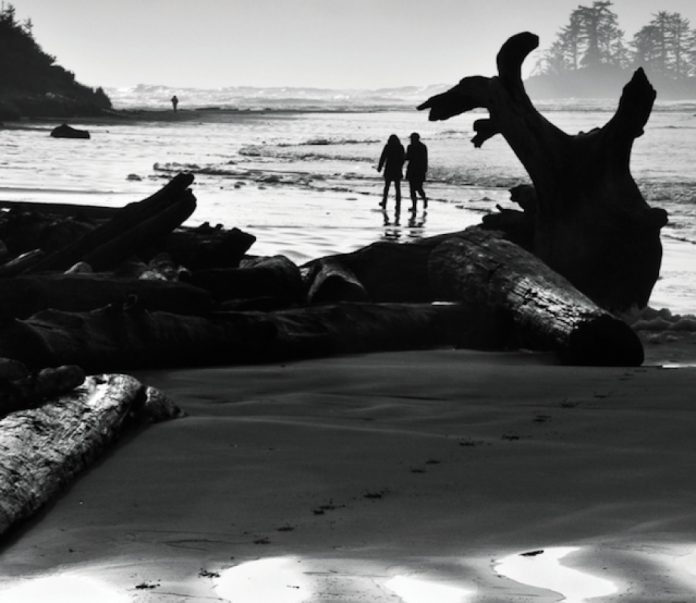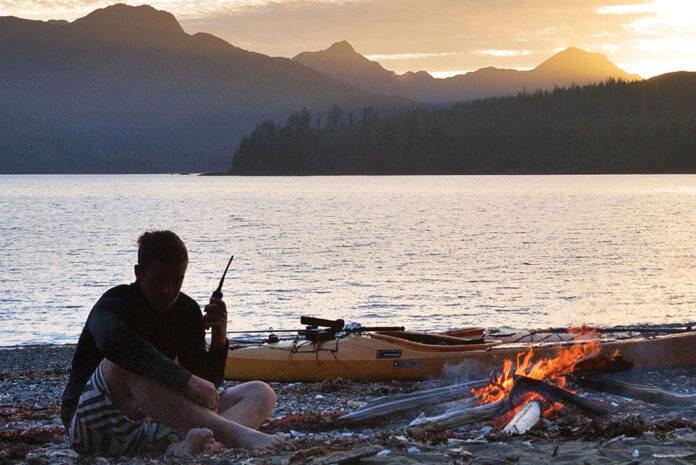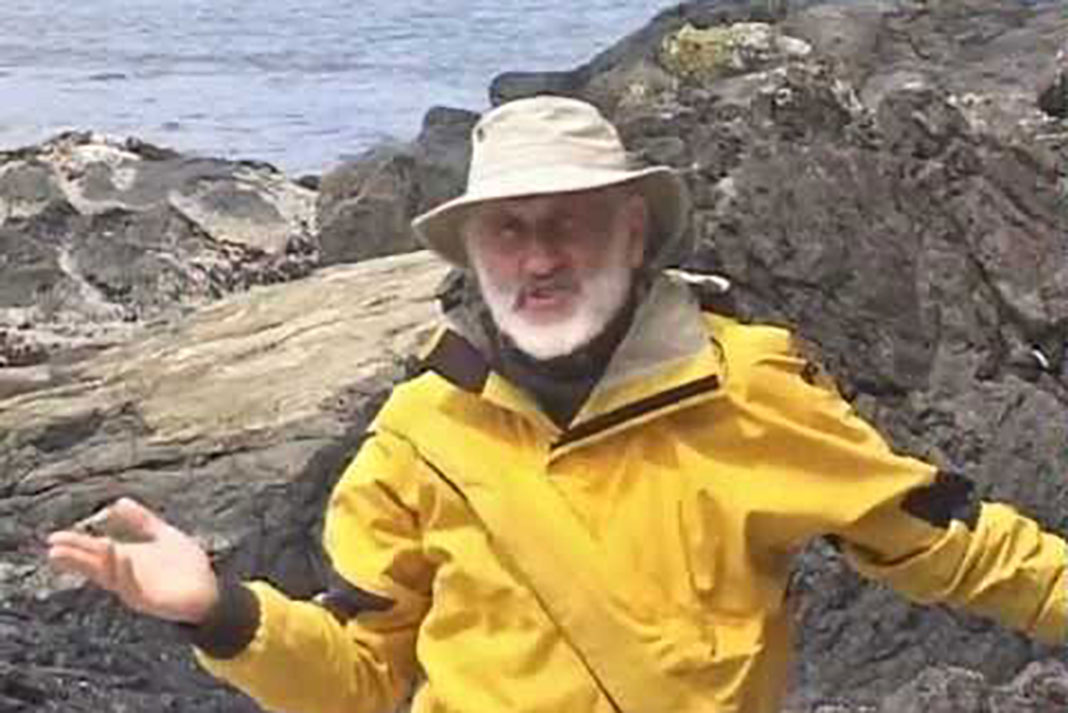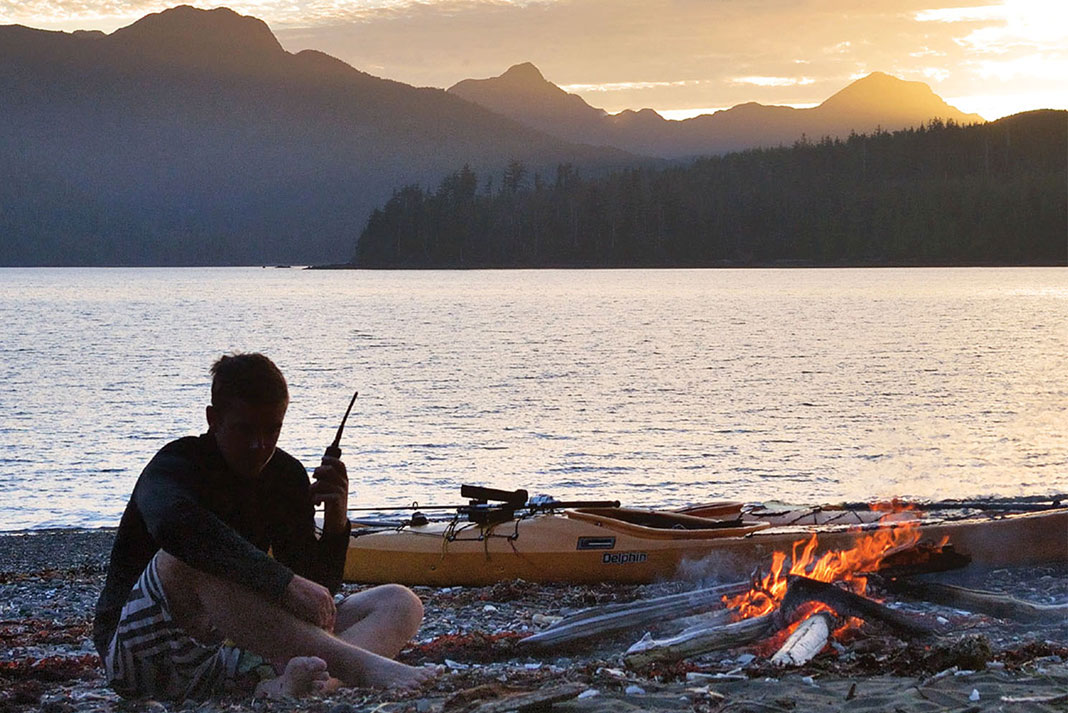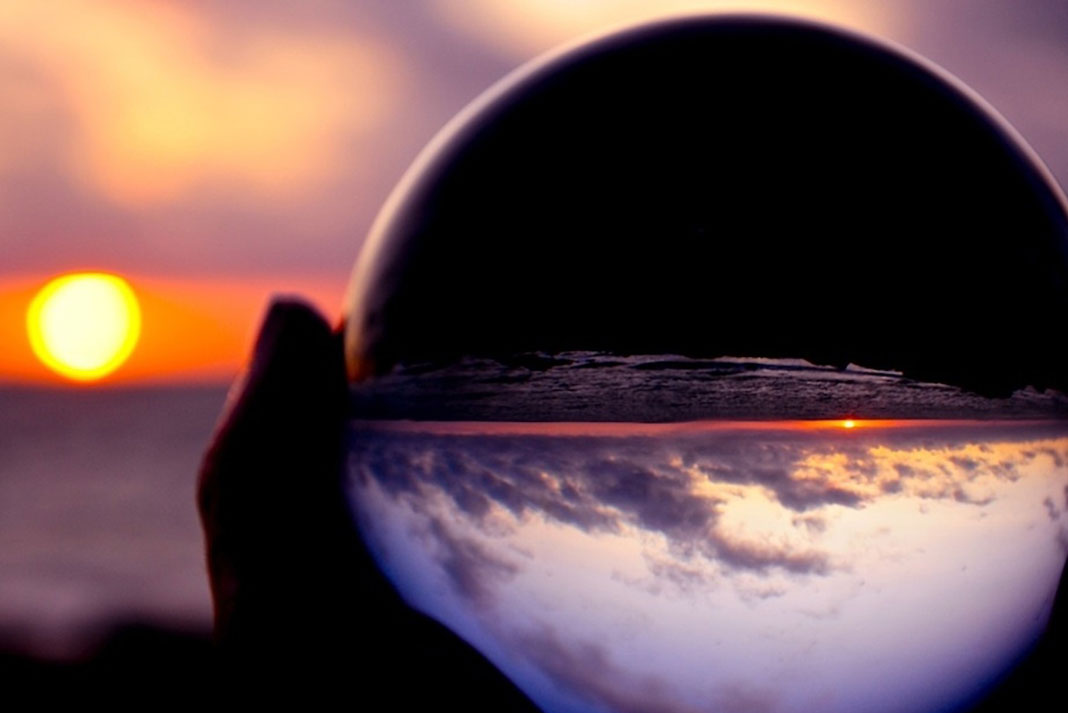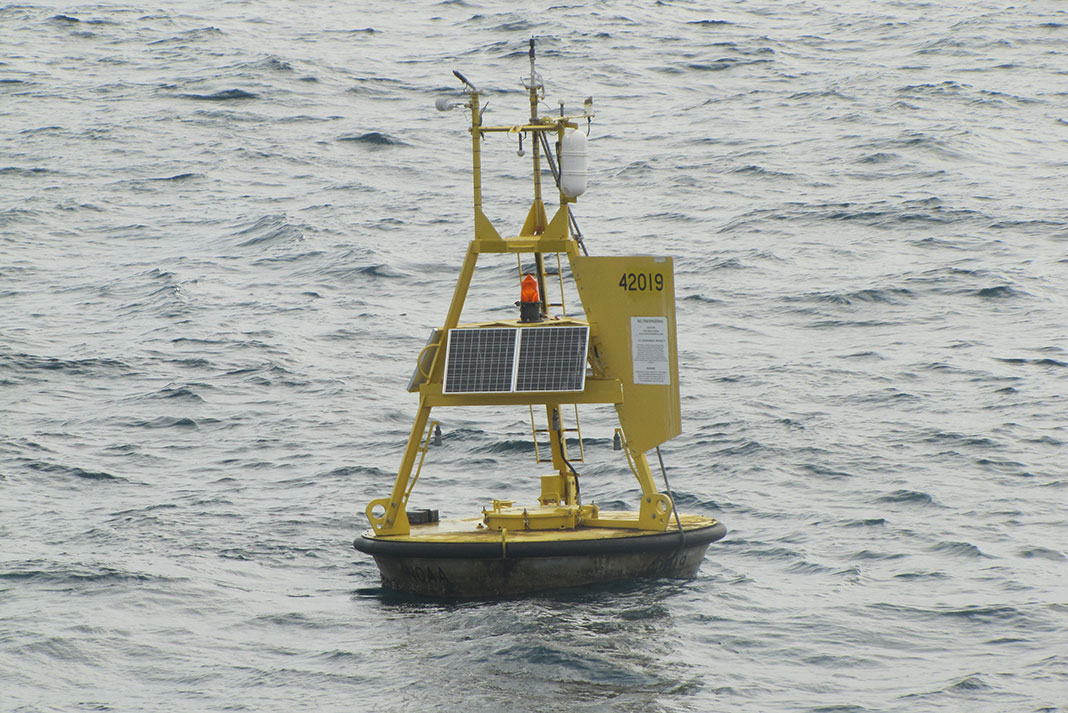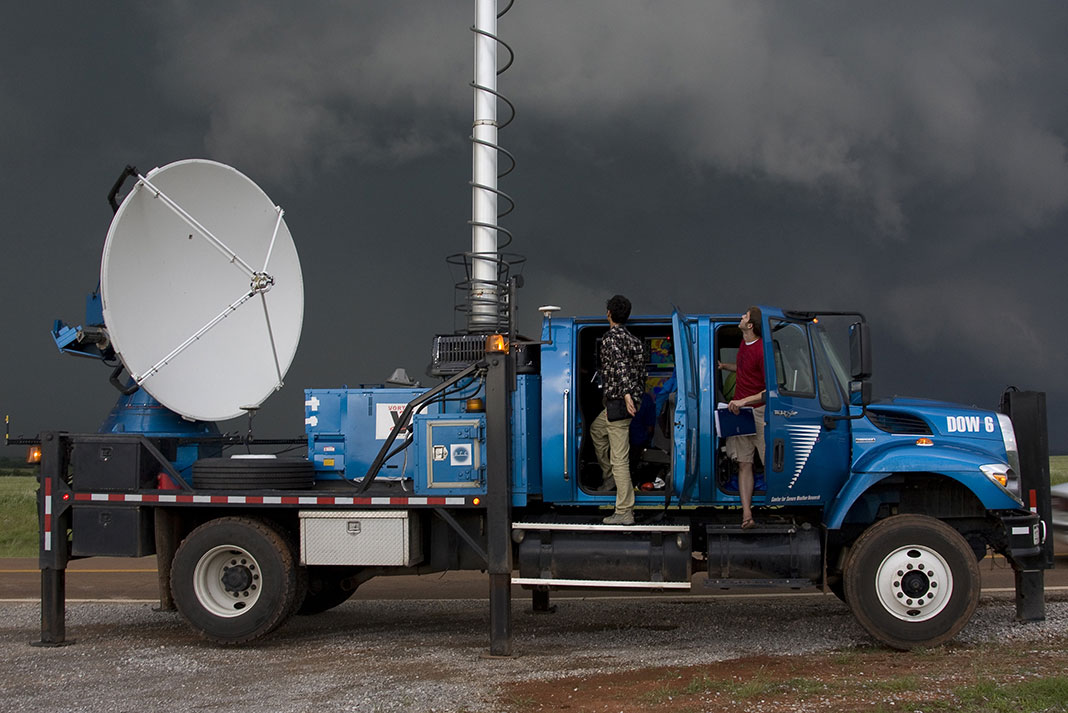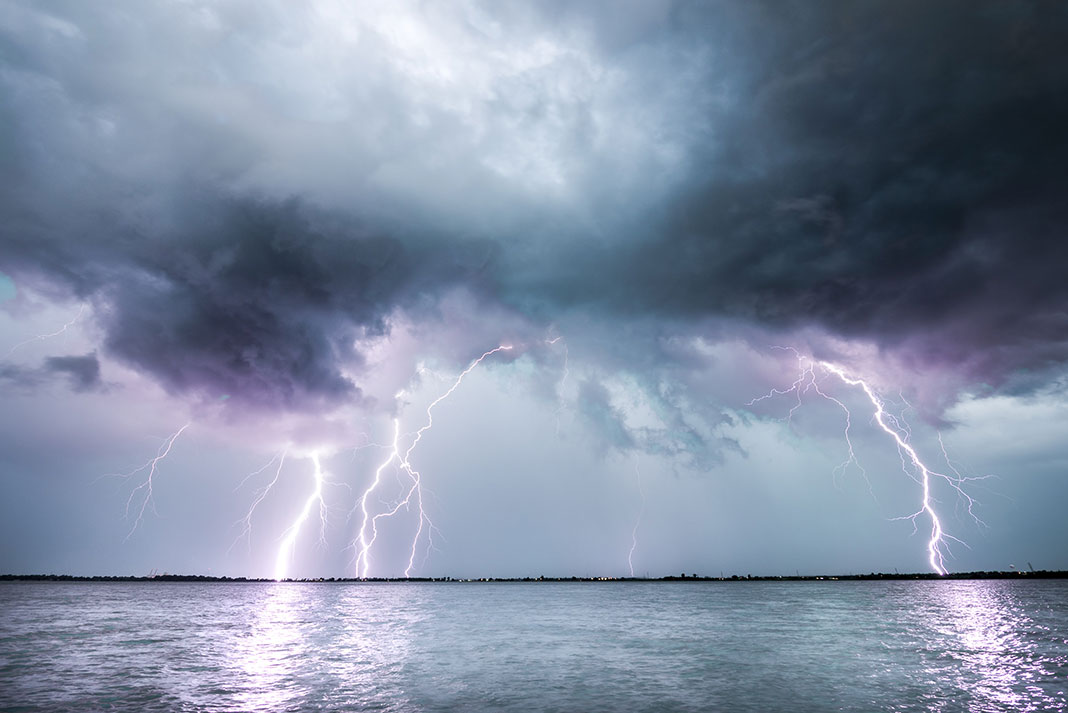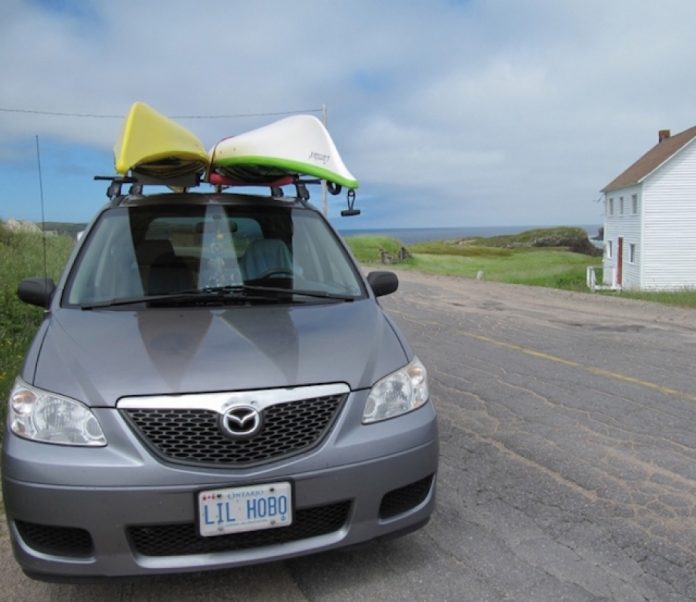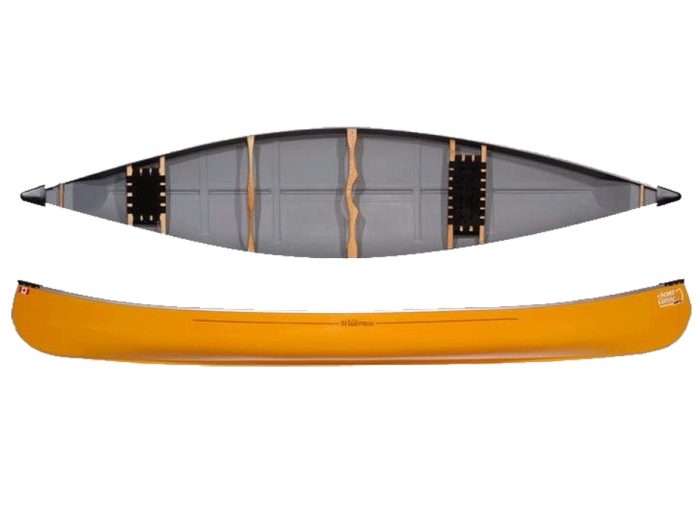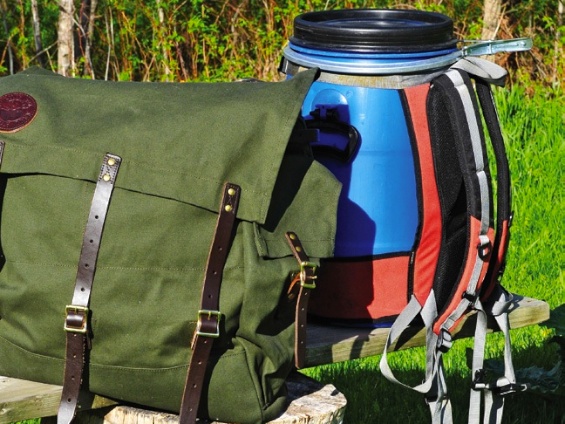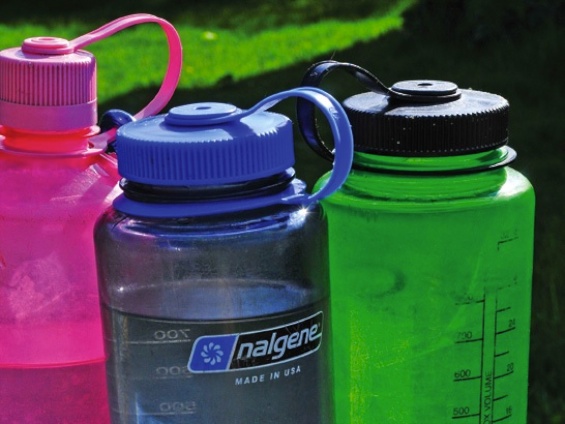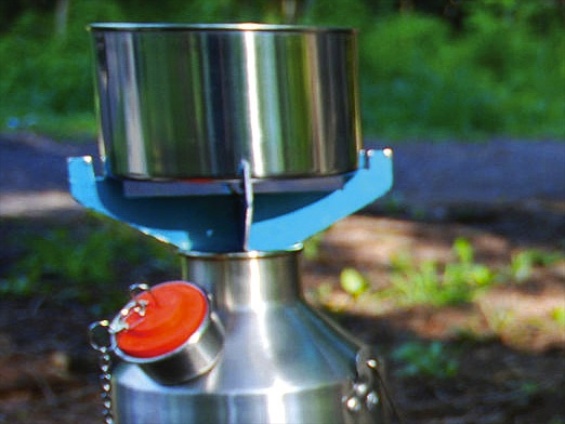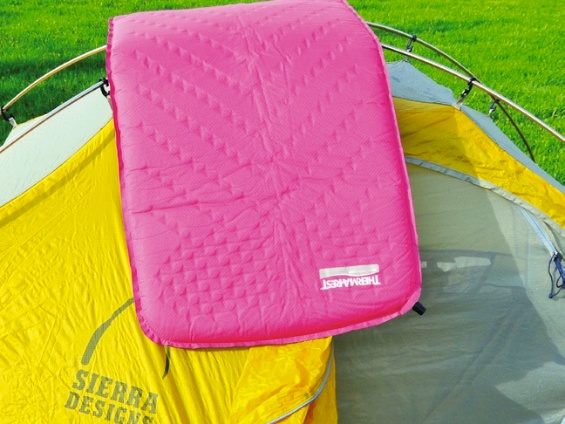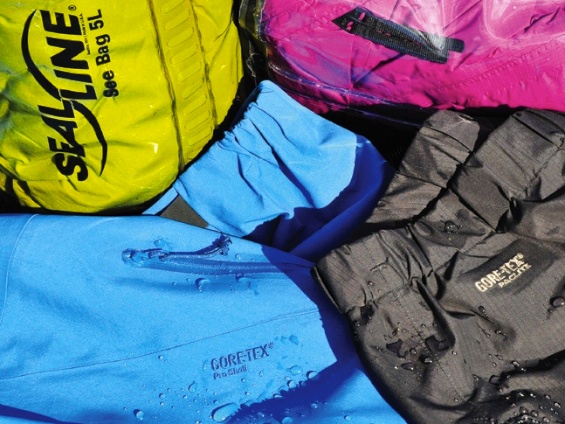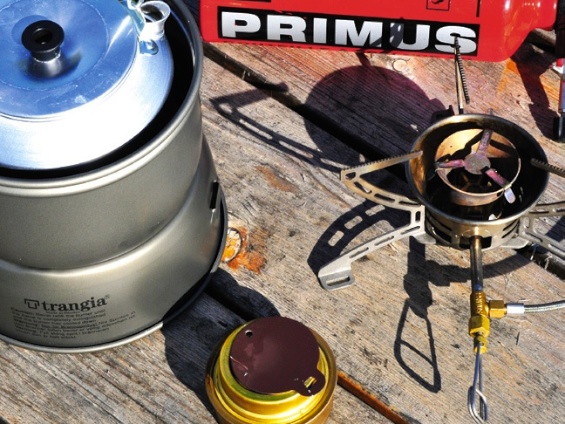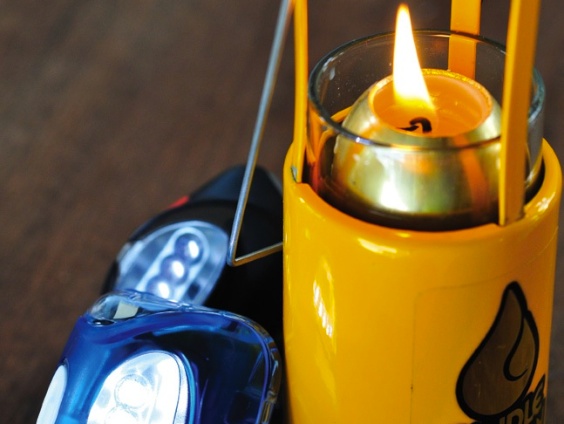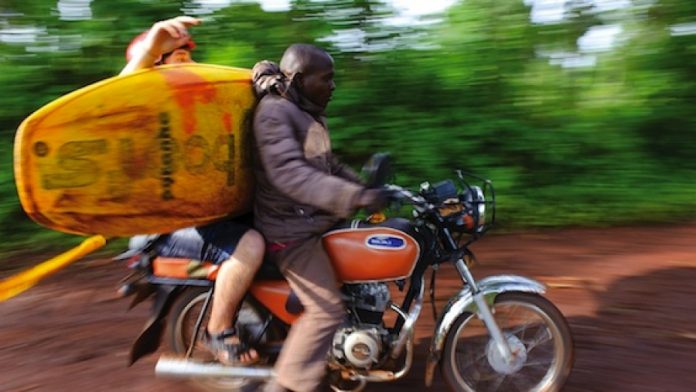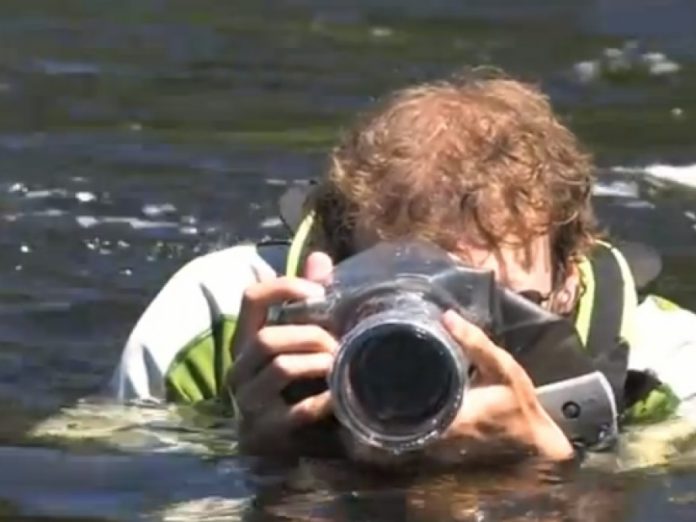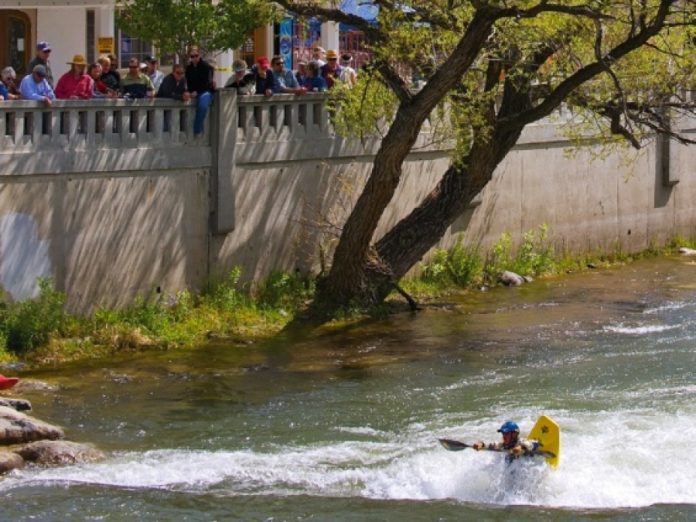A life list can be daunting. Its very name suggests a time frame that’s difficult to imagine, and certainly hard to plan for. Calling your register of dreams a “bucket list” only adds a looming air of finality and regret. Not helpful at all.
Which is why we’ve taken the idea and ideals of a life list and applied them to a single year. Because we believe you don’t have to settle for the trip of a lifetime—you can enjoy an outstanding adventure each month, and make every year your best year ever.
JANUARY: BUILD YOUR OWN KAYAK
“It’s a real high to build a boat, put it in the water and paddle away,” says Dan Jones, a veteran builder who lent us a Pygmy Murrelet. Kits are available to suit every design preference; all you need is time and a warm workshop. Start your project after the holidays—planning to begin earlier can lead to procrastination or, even worse, cut into time on the water. Start too late and your hot new ride won’t be ready for spring—count on two or three months if you’re only working on it evenings and weekends. Once you slip into your gleaming labor of love, how- ever, you may be hooked: Jones is already planning his 12th home-build. Accelerate your project with a weeklong workshop. Try Maine’s Wooden Boat School, Port Townsend’s Pygmy Kayaks or Peterborough, Ontario’s Bear Mountain Boats.
www.thewoodenboatschool.com | www.pygmyboats.com | www.bearmountainboats.com
FEBRUARY: VAMOS AL SUR!
Escape the winter blues and head south for sun, surf and salsa. With bountiful marine life, endless beaches and an established sea kayaking scene, the
Sea of Cortez in Baja is a favorite destination for many migrating paddlers. For kayaking that will blow your mind, travel south to Patagonia’s fiords and paddle past the snow-capped volcanoes, towering waterfalls and inviting hot springs. Ever try paddling at altitude? Located at a literally breathtaking 12,500 feet between Bolivia and Peru, Lake Titicaca is the world’s highest navigable lake and a truly unique kayaking destination.
www.bajakayakadventures.com | www.exchile.com | www.titicacakayakadventure.com
MARCH: PADDLE WITH MANATEES
Once mistaken for mermaids by lovelorn (or desperate?) sailors, the admittedly curvaceous manatees make fascinating paddling companions. During
winter cold snaps, hundreds of these gentle sea creatures gather in the warmer waters around natural springs in Florida’s Crystal and Homosassa rivers. Paddling through the crystalline shallows is a low-impact way to enjoy these herds of inquisitive animals—manatees are under threat from powerboat traffic and other human activities—and hook your kids or friends on the joys of kayaking.
APRIL: SAIL DOWN UNDER
With over 25,000 kilometers of coastline from tropical Queensland to the storm-tossed Great Southern Ocean, Australia is a magnet for surfers, sailors and kayakers alike. Paddle the white sand beaches of the Whitsunday Islands at the heart of the Great Barrier Reef—one of the Seven Wonders of the natural world—to get up close and personal with sea turtles, manta rays and whales. Take advantage of Tasmania’s location in the notoriously windy Roaring 40s and try your hand at the classic Tassie Rig for some wild kayak sailing, Aussie-style. Across the Tasman Sea, Kiwis love to sail almost as much as their neighbors. Fill your sheet on the sun-kissed waters of New Zealand’s Abel Tasman coast.
www.saltydog.com.au | www.roaring40skayaking.com.au | www.abeltasmankayaks.co.nz
MAY: SPRING TUNE IT UP
Looking to venture into exposed waters, improve your roll or practice rescues? Hone rusty skills and learn new ones with a few days of spring training—for specific course offerings in your area, check out the websites of the American Canoe Association, Paddle Canada and BCU North America. If the kayaking bug really has you bit, sign up for an instructor or guide course—teaching and leading will test your ability to effectively commu- nicate key points and can help fine-tune your own skills.
www.paddlingcanada.com | www.americancanoe.org
JUNE: RACE OF A LIFETIME
For the ultimate mental and physical challenge, sign up for the Yukon River Quest—the world’s longest annual canoe and kayak marathon. Competitors race in solo, tandem and voyageur divisions, and must complete the more than 700 kilometers from Whitehorse to Dawson City in 72 hours or less. Competitors range from capable novices to internationally ranked professional athletes; however, many have discovered that wilderness experience and mental stamina count for as much as extreme fitness. Prepare yourself for amazing camaraderie, utter exhaustion and bizarre hallucinations as you race around the clock and under the midnight sun through some of Canada’s most beautiful landscapes. Toast the ghosts of the Gold Rush and celebrate your successful finish with a wild night in Dawson City.
JULY: FIND AN ICEBERG
Every spring, bergs calved from the 15,000-year-old glaciers of western Greenland drift south on the Labrador current into Newfoundland’s famous Iceberg Alley. Kayaking the wild coast of the Rock in early summer will let you catch the tail end of the iceberg season and—if you are lucky—some precious sunny days. In the long summer sunlight, each iceberg—from intimate Toblerones to superstore-sized monoliths—glows with a thousand subtle shades of turquoise and sky blue. For icy encounters on the West Coast, head to Alaska’s easily accessible Mendenhall Lake in Tongass National Forest or venture into Prince William Sound to encounter icebergs birthed by the tide-water glaciers of the immense Chugach range.
www.nfkayak.com | www.sea-quest-kayak.com
AUGUST: DISCOVER THE BIRTHPLACE OF THE KAYAK
Voyage past the Arctic Circle to start your journey in Pond Inlet on Baffin Island or the Scoresbysund fiord system in Greenland. Paddling these harsh waters during the brief ice-free season will give you a deep appreciation for the resourcefulness and courage of the people who dared hunt whales from their small skin crafts. On your trip, you’ll share this wild land with narwhals, musk oxen, arctic fox and polar bear—to say nothing of the plentiful and delicious Arctic char.
SEPTEMBER: CAMP ON YOUR OWN ISLAND
Sunny days, warm water, no crowds—with a bit of luck, early fall can be the perfect season to find your ultimate island paradise. Plan an after-Labor Day getaway to Georgian Bay, the Southeast’s Barrier Islands, the St. Lawrence’s 1000 Islands, Vancouver Island’s Broken Group or your nearest popular archipelago. Whether you go for a quick weekend trip or a longer adventure, the odds of claiming a private island paradise are in your favor. Enjoy the last days of summer by sunbathing, skinny dipping, cooking an unhurried feast over your driftwood fire and sleeping under the stars. Best of all, no mosquitoes!
OCTOBER: LEARN TO SURF
As the fall storms blow in and the swells grow larger, a strange epidemic sweeps the kayaking community: Honest, hard-working folks mysteriously start calling in sick—a pattern that correlates directly to local wave size and wind strength. And who can blame us? October is jam-packed with opportunities to stretch surf skills. For surf-specific workshops and an all-around good time, sign up for a rough water festival. Try Oregon’s Lumpy Waters Symposium, Connecticut’s Autumn Gales, Georgian Bay Storm Gathering, Gales Storm Gathering on Lake Superior, or even the UK Storm Gathering in Wales.
www.galesstormgathering.com | www.lumpywaters.com | www.kayakwaveology.com | www.ukstormgathering.blogspot.com
NOVEMBER: STRETCH YOUR SEASON
For many paddlers in northern climes, November means a sad farewell to your kayak until spring. But with the right gear and a cozy fireplace (or sauna, or hot tub…) awaiting you, the off-season can be a memorable time to go paddling. Nothing compares to gliding across a wintry lake to the crystalline sound of wafer ice shattering beneath your hull. Rediscover familiar landscapes transformed by a fresh layer of snow or heavy frost. Appreciate the intricate beauty of water rivulets freezing on your paddle. Pack your pogies, fill your Thermos and make this the year you stretch your season.
DECEMBER: HOLIDAYS IN HAWAII
Alternately caressed and pounded by the powerful Pacific Ocean, the Hawaiian Islands are blessed with diverse and awe-inspiring coastlines. The turquoise waters of Kailua Bay on Oahu are sheltered by outlying reefs and easily navigable even when other parts of the island are exposed to heavy swells. After launching in Kailua, paddle to Lanikai Beach, ranked one of the top beaches in the world, and play in the surf at the twin Mokulua Islands. Winter is big wave season in Hawaii—save remote and rugged paddling expeditions like the fabled Na Pali Coast of Kauai or the North Shore of Molokai for next year’s summer vacation.
www.kayakkauai.com | www.kailuasailboards.com
Charlotte Jacklein has spent the last decade researching this article by guiding and traveling in Hawaii, Newfoundland, Australia and Central America. She’s built her own boat, paddled through ice floes and competed twice in the Yukon River Quest.
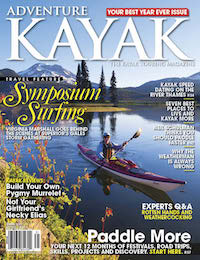 This article first appeared in the Spring 2013 issue of Adventure Kayak Magazine. For more great content, subscribe to Adventure Kayak’s print and digital editions here.
This article first appeared in the Spring 2013 issue of Adventure Kayak Magazine. For more great content, subscribe to Adventure Kayak’s print and digital editions here.



